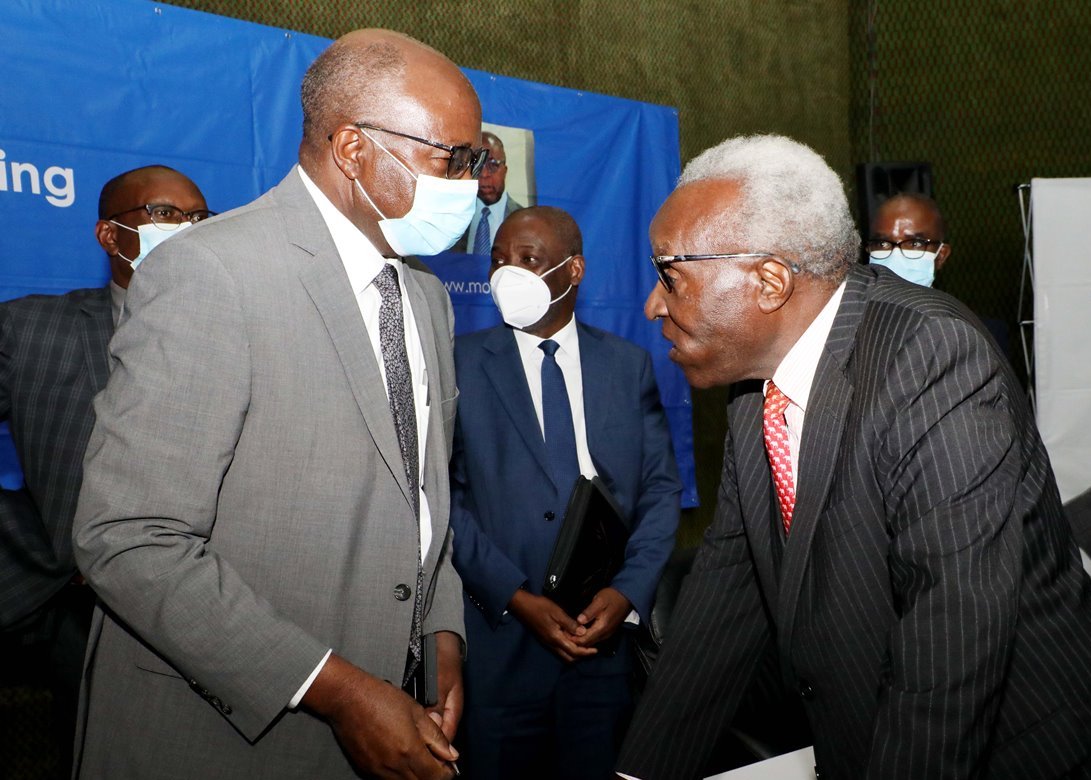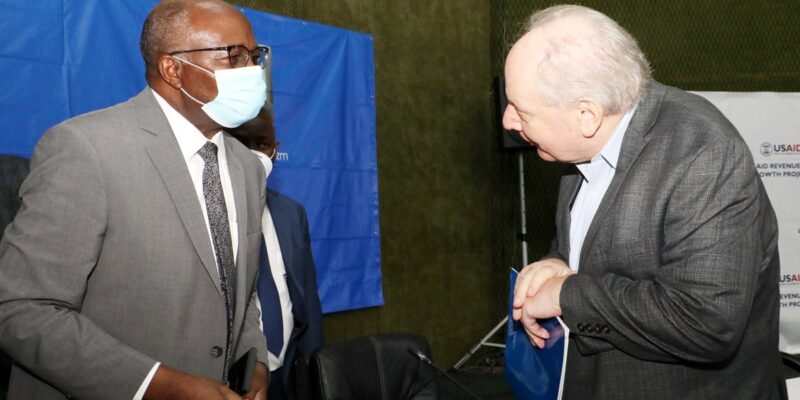Zambia’s Finance and National Planning Minister, Situmbeko Musokotwane, on Friday held a Town Hall meeting on the state of Zambia’s economy in 2022.
Musokotwane rated 2022 economic performance as fair while observing attendant risks and growth opportunities in 2023.
Here are 11 key takeaways which provide insight into how Zambia’s economy fared in 2022.
1. The Minister noted that economic performance in 2022 was fair but that more needed to be done in 2023, especially in the medium-term.
Read more :Hike in electricity costs imminent, as external debts near $13.4 billion
2.He identified risks such as possible downturn in the global economic environment, and resurgence of COVID-19 as factors that could affect performance in 2023.
3. He informed that government was undertaking reforms to unlock barriers which are key to economic growth, especially in the agriculture and energy sectors.
4. He restated government commitment to undertaking necessary, but sometimes difficult reforms to place the country on the growth path and macroeconomic stability and growth.
5.He noted that total revenue and grants collections stood at K100.5 billion in 2022 against the target of K100.7 billion.
6.During the period under review, the Minister said that a tax revenue of K79.2 billion was collected from income taxes, both mining and non- mining companies.

Finance Minister Situmbeko Musokotwane greets Former Bank of Zambia Governor Jacob Mwanza (r) shortly after the Townhall forum on 2022 economic performance and 2023 Budget Execution at Mulungushi International Conference Centre in Lusaka on Friday, January 13, 2023 -Picture by THOMAS NSAMA/ZANIS
7. Government, he said, spent a total of K140.4 billion in 2022 against a target of K173.0 billion, which was below target by 18.8 percent.
These was due to continued debt standstill, and thereby lower interest payments than budgeted of 59.3 percent at K32.0 billion against the target of K78.7 billion.
8. The Minister added that as end of September 2022, external debt increased by 2.5 percent to US$13.36 billion, from US$13.04 billion.
9. Furthermore, the stock of Government securities at end of December rose by nine percent to K210 billion from K193 billion at end of December 2021.
10. The Minister said domestic arrears excluding fuel and electricity, at end September 2022, amounted to K44.3 billion from K48.1 billion in 2021, representing a reduction.
11. Inflation, he said, was contained at single digit at 9.9 percent at end 2022 from 16.4 percent at end December 2021. This was largely on account of the appreciation of the Kwacha between the first and third quarters of the year and reduced food prices.












Comments